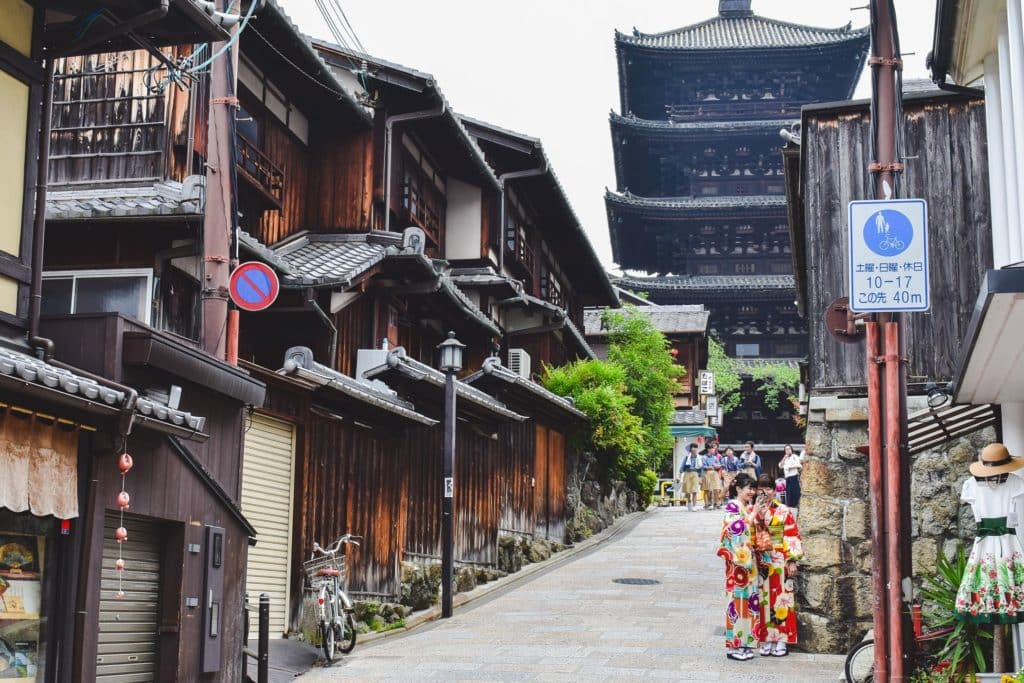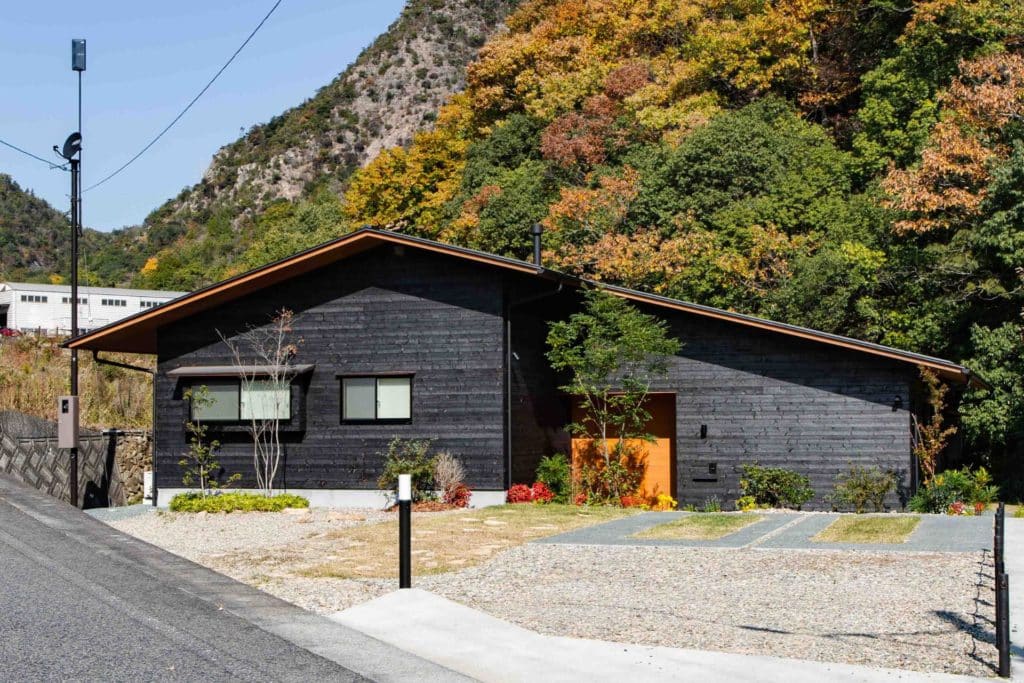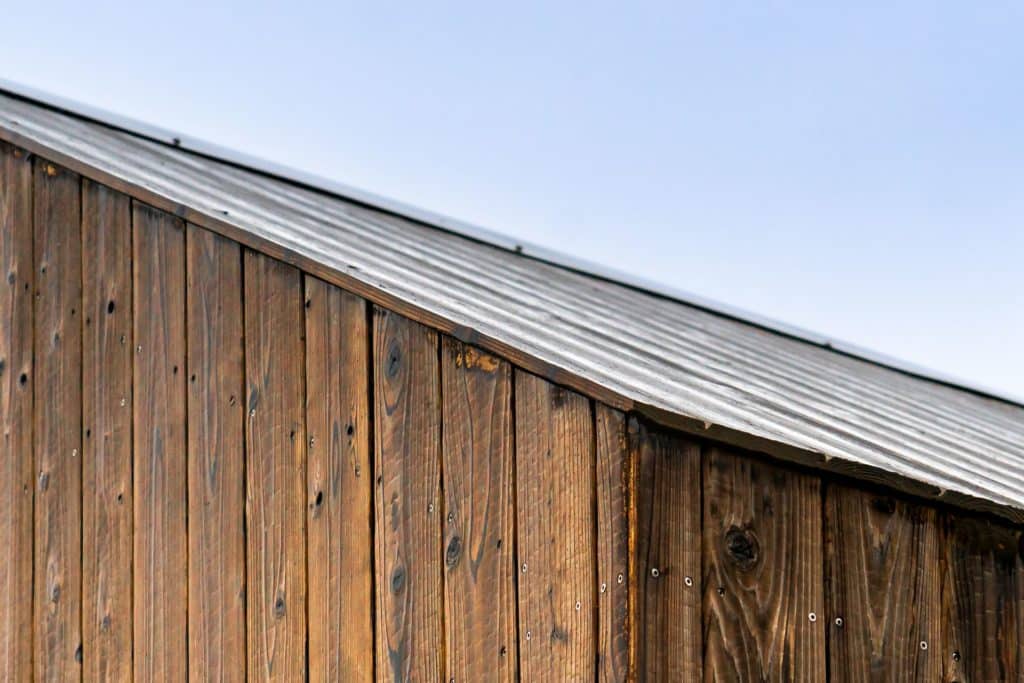Wabi-Sabi and Yakisugi:
A Harmony of Imperfection and Elegance
Wabi-Sabi and Yakisugi:
A Harmony of Imperfection and Elegance

Martin Gottschlich
Wabi-Sabi and Yakisugi:
A Harmony of Imperfection and Elegance
Wabi-Sabi, a traditional Japanese aesthetic, is often described as the beauty found in imperfection and transience. The term often leaves those unfamiliar with Japanese culture in a mild state of perplexity. It isn’t just an aesthetic but a perspective, a way to view the world, which focuses on simplicity, modesty, and appreciating the integrity of natural objects and processes.
Meanwhile, Yakisugi (often referred to in the west as Shou Sugi Ban) is a traditional Japanese method of wood preservation. The technique involves charring the surface of cedar boards, which serves to protect, preserve, and give the wood a distinct appearance.
When juxtaposed, Wabi-Sabi and Yakisugi seem to be distinct entities. One is a philosophy while the other is a practical technique. Yet, the heart of their existence intertwines in a harmonious dance of cultural essence. Let’s delve into why Yakisugi is the embodiment of Wabi-Sabi in material form.
Understanding Wabi-Sabi
At its core, Wabi-Sabi reveres the three simple realities: nothing lasts, nothing is finished, and nothing is perfect. This might sound somewhat nihilistic at first, but when observed through the lens of acceptance, it is a celebration of life’s impermanence and flaws.
- Wabi: Originally meant loneliness of living alone in nature, away from society; it now represents rustic simplicity, freshness, or quietness. It can also refer to quirks and anomalies arising from the process of construction, which adds uniqueness and elegance to the object.
- Sabi: Translates to “the bloom of time”. It celebrates the beauty of things that come with age, like the patina on a very old bronze statue or the weathered texture of an old wooden barn.
This philosophy encourages us to appreciate the beauty in the naturally imperfect world, rather than striving for perfection. And in doing so, it offers us a perspective that can be genuinely liberating in today’s high-pressure, perfection-obsessed society.


Yakisugi – The Art of Charred Wood
Yakisugi, rooted deep within Japanese tradition, utilizes the unique approach of charring cedar boards to preserve them. By burning the surface of the wood, the material becomes more resistant to insects, fire, and decay. The process doesn’t just stop at practical benefits. The charred exterior, which can range from a soft, muted black to a glossy, reflective ebony based on the degree of burn, is a testament to nature’s interaction with human ingenuity.
So, how does Yakisugi resonate with Wabi-Sabi?
- Embracing Imperfection: Every charred board is unique. The patterns formed by the flames, the gradient of the char, and the texture that arises from the charring process is impossible to replicate precisely. Each board tells its story, much like the philosophy of Wabi-Sabi which sees beauty in flaws and asymmetry.
- Celebrating Transience: With time, the charred surface of the Yakisugi wood weathers, creating hues of gray and subtle textures. This aging, rather than diminishing its beauty, adds to its character – a direct reflection of the ‘Sabi’ aspect of Wabi-Sabi.
- Natural Authenticity: Both Wabi-Sabi and Yakisugi appreciate materials in their most genuine form. While Wabi-Sabi finds beauty in the natural, raw, and unrefined, Yakisugi uses the natural element of fire to enhance and preserve the wood’s authentic beauty.
- Simplicity: Yakisugi, at its heart, is a simple process. It doesn’t employ complex chemicals or treatments but uses fire, a fundamental element, to transform the wood. This simplicity and return to basics is a core tenet of Wabi-Sabi.
The harmony between Wabi-Sabi and Yakisugi is a testament to the profound interconnectedness of Japanese culture and its practices. While one offers a perspective on appreciating the world, the other is a manifestation of that perspective in tangible form.
In a world that often chases the flawless and the eternal, the philosophy of Wabi-Sabi, mirrored in the art of Yakisugi, reminds us to cherish the moment, embrace the ephemeral, and find beauty in the natural imperfections of life. As we look at a piece of charred cedar, we’re not just looking at a building material but a canvas that portrays the heart of Japanese aesthetics.


 EU (English)
EU (English) DE (Deutsch)
DE (Deutsch) FR (Français)
FR (Français) UK (English)
UK (English) US Website
US Website


